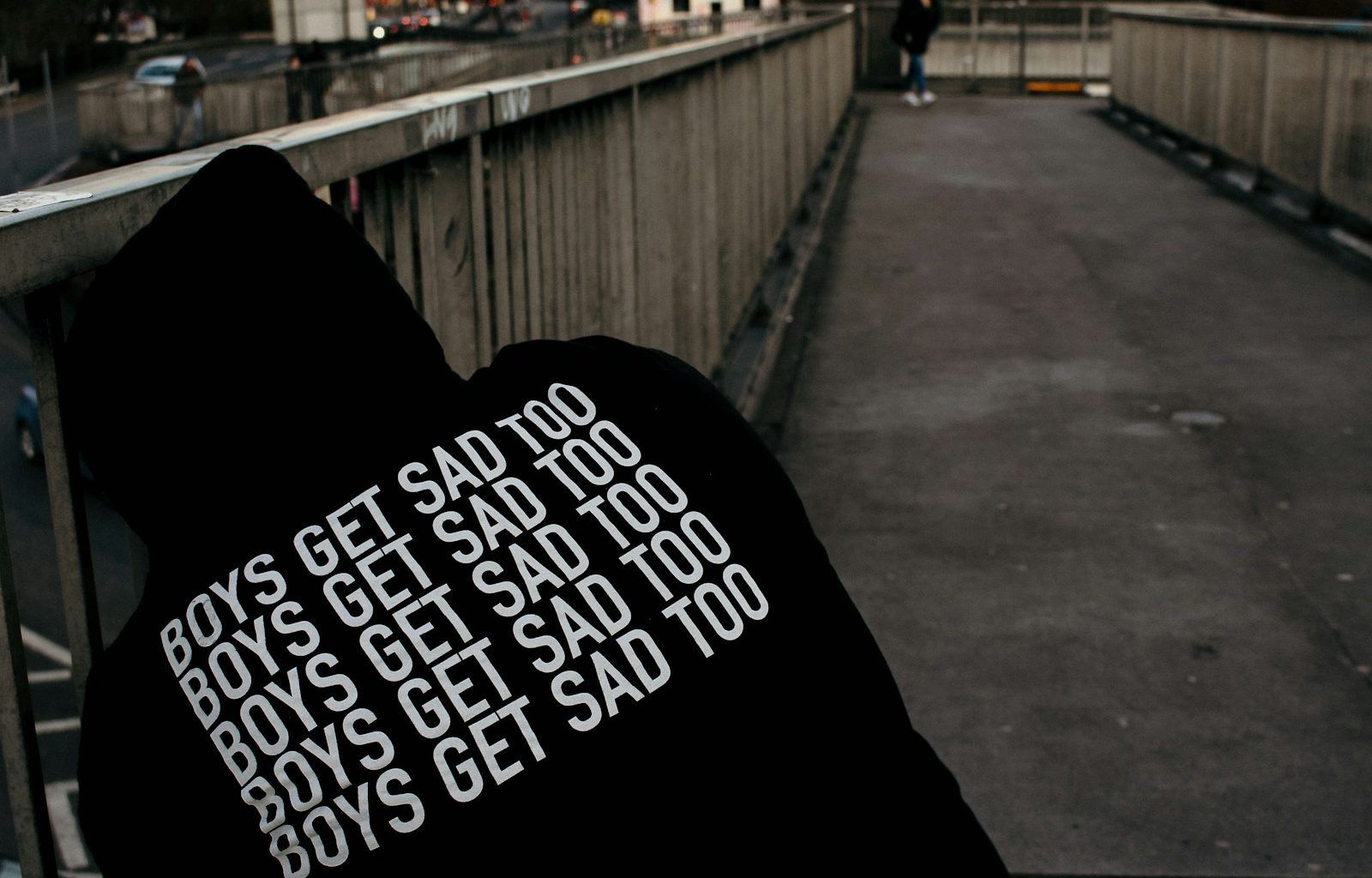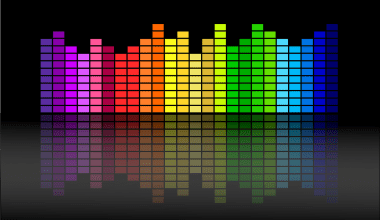Have you ever watched a YouTube video and wondered, “how does a youtuber get paid?” It’s a question many people ask, especially as platforms like YouTube become career launchpads for so many creators. If you’re curious about how this works or if you’re dreaming of starting your own channel, this guide will give you the answers you need to understand how does a youtuber get paid.
Understanding YouTube’s Monetization Process
Before diving into the specific ways YouTubers make money, how does a youtuber get paid it’s important to understand the basics of YouTube’s monetization process. To earn money, creators need to join the YouTube Partner Program (YPP). Here’s how it works:
- Eligibility Requirements: You must have at least 1,000 subscribers and 4,000 hours of watch time in the last 12 months. Once you meet these criteria, you can apply for YPP.
- AdSense Account: Creators need an active Google AdSense account to get paid. This is where ad revenue is tracked and payments are processed.
- Content Compliance: Videos must follow YouTube’s Community Guidelines and Advertiser-Friendly Content Guidelines.
Once a creator joins YPP, they unlock the potential to make money from ads, memberships, and more.
Ad Revenue: The Bread and Butter for Many Creators
The most common way YouTubers get paid is through ads. These are the commercials you see before, during, or after a video. But how does this actually translate to income for creators?
- CPM (Cost Per Mille): Advertisers pay a certain amount for every 1,000 ad impressions. This is known as CPM. The amount varies widely depending on the niche, audience, and time of year.
- Revenue Share: YouTube takes a 45% cut of ad revenue, leaving creators with 55%. While this may seem steep, it’s the price of using the platform’s massive infrastructure and audience.
For example, if a video gets 100,000 views and the CPM is $5, the creator could earn around $275 after YouTube’s cut.
How Sponsorships and Brand Deals Work
Sponsorships are another lucrative way YouTubers get paid. When brands want to promote their products or services, they often partner with YouTubers to reach their audience. Here’s how it typically works:
- Direct Deals: The brand pays the YouTuber a set amount to feature their product in a video. Rates depend on the creator’s audience size, engagement rate, and niche.
- Affiliate Links: Some YouTubers use affiliate marketing, where they earn a commission for every sale made through their unique link.
- Sponsored Content: Creators are usually required to disclose sponsorships to comply with advertising laws.
For instance, a beauty YouTuber might earn $10,000 for featuring a new skincare product, while a tech creator might make $20,000 for reviewing a gadget.
Channel Memberships and Super Chats
Once a creator builds a loyal audience, they can introduce channel memberships. Fans pay a monthly fee for exclusive perks like badges, emojis, and members-only content. This steady stream of income can add up over time.
Super Chats are another feature that allows viewers to donate during live streams. The more fans engage, the more a creator can earn. These features not only boost income but also strengthen the bond between creators and their audience.
Selling Merchandise and Products
Many YouTubers get paid by selling their own merchandise. From t-shirts to mugs, custom products help creators diversify their income. Platforms like Teespring make it easy for YouTubers to design and sell without managing inventory.
Additionally, some creators launch their own products or courses. For example:
- A fitness YouTuber might sell workout plans.
- A cooking channel might offer recipe books.
The key is creating something their audience genuinely wants.
Leveraging Affiliate Marketing
Affiliate marketing is another way YouTubers make money. By recommending products and sharing affiliate links, creators earn a commission for every sale made through their link. This is especially common in niches like tech, beauty, and lifestyle.
For instance, a tech YouTuber reviewing a new camera might include an Amazon affiliate link. If viewers purchase the camera using that link, the YouTuber earns a percentage of the sale.
YouTube Premium is a subscription service where users pay to watch videos without ads. Creators still get paid when Premium subscribers watch their content. The revenue comes from the subscription fee and is distributed based on watch time.
While it may not be as significant as ad revenue, it’s a nice bonus for creators.
How Views Translate to Money
It’s a common misconception that YouTubers get paid directly for views. Instead, income is tied to ad impressions, engagement, and other factors. Here’s a breakdown:
- Ad Impressions: Not every view generates an ad. Some viewers use ad blockers or skip ads.
- Engagement: Videos with high engagement (likes, comments, shares) tend to attract more ads.
- Niche: Topics like finance and tech often have higher CPMs than entertainment or gaming.
As a result, two channels with the same number of views might earn very different amounts.
Investing in Long-Term Success
Successful YouTubers don’t rely on a single income stream. Instead, they diversify to ensure stability. Here are some tips for aspiring creators:
- Focus on Quality: Invest in good equipment and editing software to create engaging videos.
- Understand Your Audience: The better you know your viewers, the easier it is to create content they’ll love.
- Experiment: Don’t be afraid to try new formats or topics.
- Stay Consistent: Upload regularly to keep your audience engaged.
By following these steps, you’ll increase your chances of turning YouTube into a sustainable career.
Final Thoughts: Is YouTube a Viable Career?
So, how does a youtuber get paid? It’s a mix of ad revenue, sponsorships, memberships, and more. While it’s not easy money, the potential is enormous for those who put in the effort.
If you’re considering starting a channel, remember that success takes time. Focus on creating value for your audience, and the money will follow. With dedication and creativity, you can turn your passion into profit and enjoy the freedom of being your own boss.
For further reading, explore these related articles:
- Exploring the Best Free Music Distribution App for Independent Artists
- Comprehensive Breakdown of Music Distribution Costs for Artists
For additional resources on music marketing and distribution, visit Deliver My Tune.






